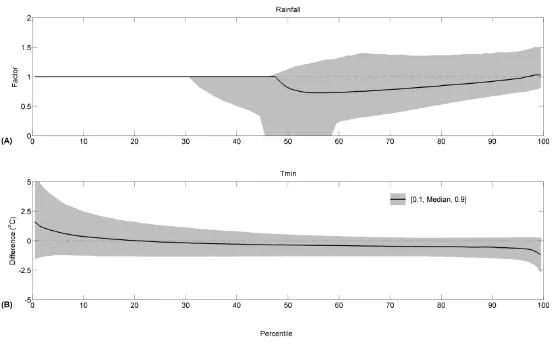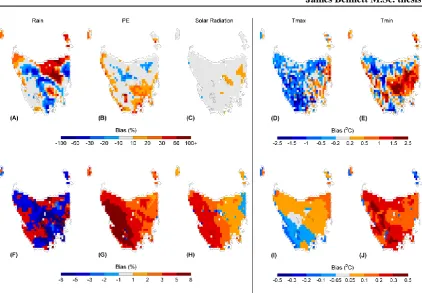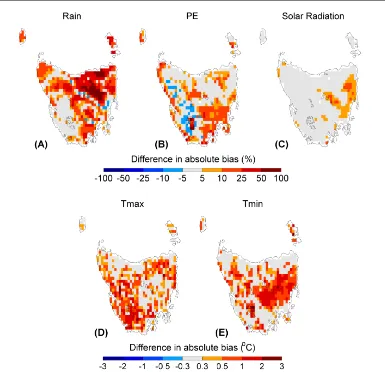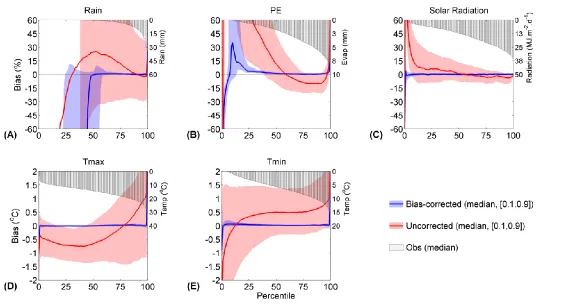Impact of future climate on Tasmanian rivers
Full text
Figure
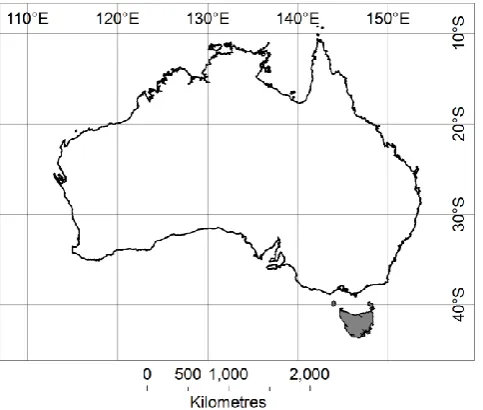
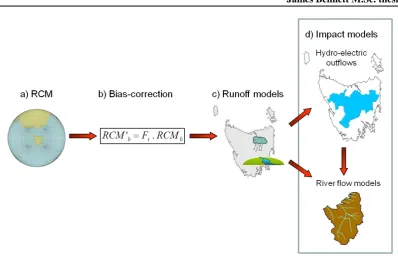

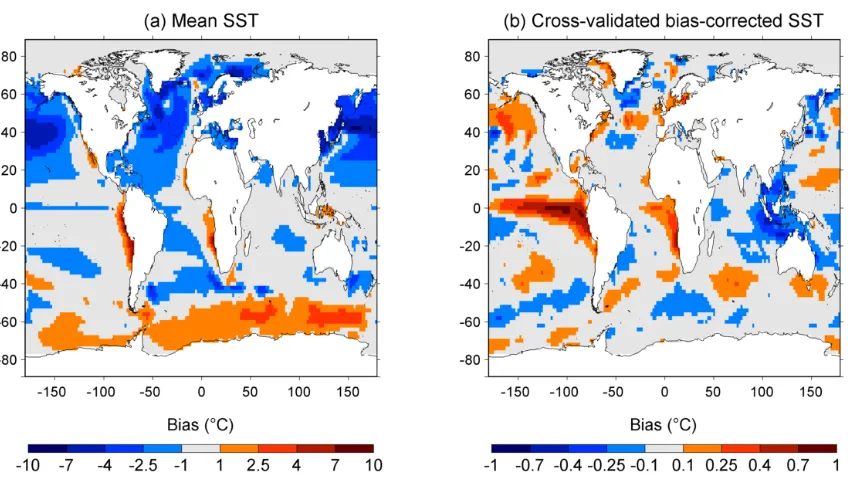
Outline
Related documents
We sought to analyze the correlation between temperature, duration of fever, blood glucose levels, immunological cell counts, and the blood and CSF levels of cytokines and
To detect any functional abnormality of liver due to KALSOME ™ 10 treatment, the drug was administered into normal healthy BALB/c mice at three different doses (3.5 mg/kg single
Factors relating to spatial heterogeneity in HFRS incidence The results of the univariate analyses indicated that during phase I, the spatial distribution of HFRS incidence was
In our experience from Reunion Island (Indian Ocean, France), gastrointestinal hemorrhages were also reported to be a common cause of death during severe leptospirosis, especially
For the multivariable analysis, we compared the commonly used stepwise variable selection approach with Bayesian model averaging (BMA) which provides a mechanism for accounting
Methods: We conducted a historic cohort study to assess the effectiveness of RHZE-FDC for the treatment of tuberculosis in Brazil, measured by the rates of treatment default and
We used novel data on variation in home television view- ing behavior as a proxy for changes in the level of daily so- cial interaction in Central Mexico during the 2009 A/
The CHERG approach used the following steps 1) data source identification, 2) data processing, 3) use of one of three models to estimate neonatal and postneonatal Figure 4 GBD
